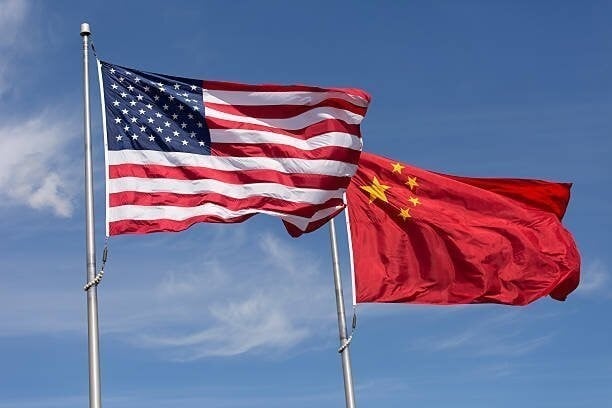
According to a recent commentary by the China Academy (thechinaacademy.org), the US’s policy of controlling chip exports to China, once considered a “new strategic asset”, is showing signs of easing from the Trump administration. Is this a signal for a “grand technology deal” between the two superpowers, where red lines once declared inviolable are now playing cards on the negotiating table?
Amid the complicated US-China relationship, a significant shift is taking place in the technology war between the two countries. The Trump administration's recent decision to relax controls on chip exports to China has sparked speculation that a "big tech deal" is in the making. This marks a potential turning point, especially since the Biden administration has previously viewed export controls as a "new strategic asset" to maintain America's technological edge.
From "tough" to "compromising"
A July 17 Bloomberg article analyzed the situation in depth, pointing out that although President Donald Trump led a hard-line campaign against China during his first term, he is essentially a “dealmaker” president who prioritizes practical interests. As diplomatic and economic exchanges between China and the US accelerate, Trump is likely to seek to conditionally ease technology restrictions in exchange for Chinese cooperation on rare earth supplies, market access, and anti-fentanyl. Analysts believe the two sides may be moving toward a series of agreements.
“The easing of H20 chip export controls is a clear signal and could indicate where things are headed,” said Kevin Xu, a tech investor and founder of Interconnected Capital. “There are a lot of chips on the table now, and the conditions are ripe for a grand tech bargain between China and the US — a bargain that could involve semiconductor manufacturing equipment, rare earths, battery technology, AI chips, and even common market access.”
This strategic shift has drawn reactions from China hawks in the US and raises an important question: how far will the US relax restrictions previously imposed in the name of “national security” as President Trump paves the way for a meeting with the Chinese leader in the second half of this year?
Rare Earths, Tariffs and Trade-Offs
Just months ago, President Trump pushed the two countries to the brink of “decoupling” by imposing 145% tariffs on Chinese goods. But subsequent talks in Geneva and London resulted in a truce on new tariffs. The US agreed to reduce tariffs and ease export controls in exchange for China exporting rare earth magnets used in smartphones, electric vehicles and high-tech weapons.
“He’s not obsessed with controlling everything,” said Dominic Chiu, senior analyst at Eurasia Group. “If he sees a policy as a bargaining chip that can get China to make concessions on rare earths or other issues, he’ll use it.”
For the Trump administration, the goal is likely to be similar to his first term: to get China to buy more American goods, helping to address the persistent U.S. trade deficit. Trump could also demand that China do more to curb fentanyl production, an issue he hailed as “a huge step forward” on July 16. The Trump administration is also looking to address TikTok’s operations in the U.S. and wants assurances from Beijing that its rare earth export controls will not be “weaponized.”
On China's side, their wish list includes: complete removal of tariffs (including the 20% tariff related to fentanyl and old tariffs), easing of investment restrictions, and most importantly, further concessions from the US on export controls.
Kurt Tong, former US consul general in Hong Kong, and Gerard DiPippo, deputy director of the China Center at the RAND Corporation, both said that while the Biden administration has pursued a “small yard, high fence” strategy on technology restrictions and sees it as “non-negotiable,” the Trump administration has a different focus. Trump wants to demonstrate that his negotiating strategy can deliver results for the American people. “He cares about trade, the deficit, investing in the US, and having a good relationship with China,” Tong said.
Soft Tone and Concerns
Another Bloomberg article on July 16 also noted that, in an effort to secure a summit with Chinese leaders and a potential trade deal, President Trump has begun to “soften his tone toward China.” Since returning to power earlier this year, Trump has largely stopped talking about “the massive U.S. trade deficit with China and the resulting job losses.”
For now, he seems less concerned about the so-called “trade imbalance” and more focused on striking a new procurement deal with China — similar to those struck during his first term — and quickly celebrating it as a “victory.” This comes as China posted a record trade surplus in the first half of this year thanks to booming exports.
But insiders have also expressed concerns about President Trump’s inconsistent approach to policy. Recent developments have only deepened those concerns: red lines that the US once insisted were non-negotiable with China now appear to be on the negotiating table as bargaining chips.
Earlier on July 11, Chinese Foreign Minister Wang Yi and US Secretary of State Rubio met in Kuala Lumpur, agreeing to strengthen diplomatic channels and explore areas for expanded cooperation. The US-China technology war may be entering a new phase, where tough principles can be exchanged for pragmatic benefits, reshaping the bilateral and global relations.
Source: https://doanhnghiepvn.vn/quoc-te/cuoc-chien-cong-nghe-my-trung-nhung-quan-bai-duoc-sap-xep-lai/20250723083420540



![[Photo] General Secretary To Lam chairs the Politburo's working session with the Standing Committee of the National Assembly Party Committee](https://vphoto.vietnam.vn/thumb/1200x675/vietnam/resource/IMAGE/2025/9/11/e2033912ce7a4251baba705afb4d413c)

![[Ảnh] Chủ tịch nước Lương Cường tiếp Bộ trưởng Quốc phòng Thổ Nhĩ Kỳ Yasar Guler](https://vphoto.vietnam.vn/thumb/1200x675/vietnam/resource/IMAGE/2025/9/11/7f1882ca40ac40118f3c417c802a80da)











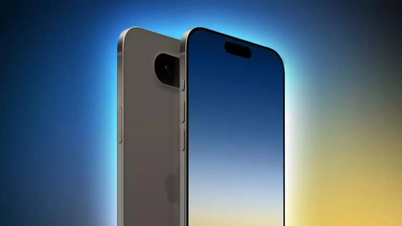


















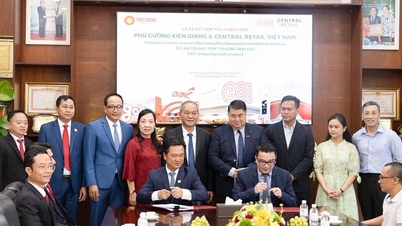




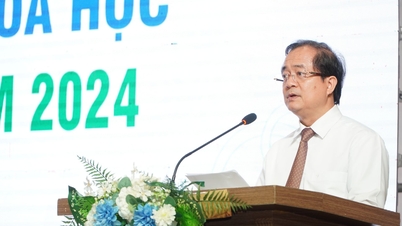

















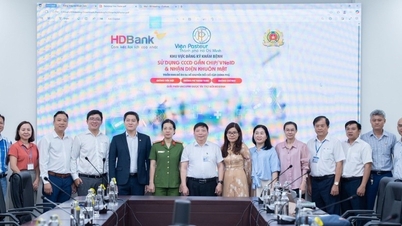

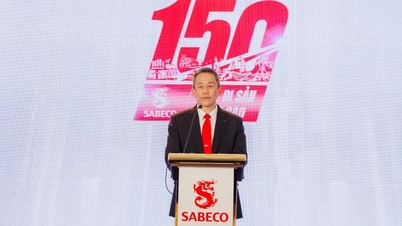

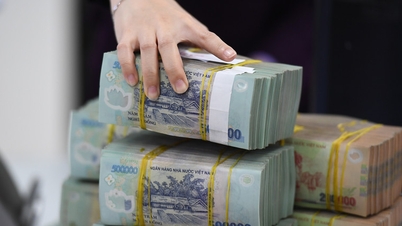













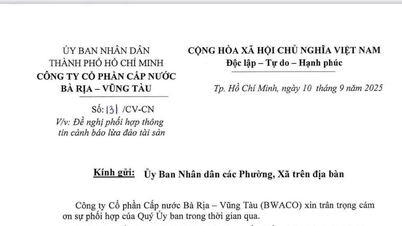




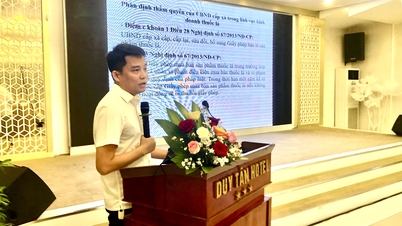
















Comment (0)